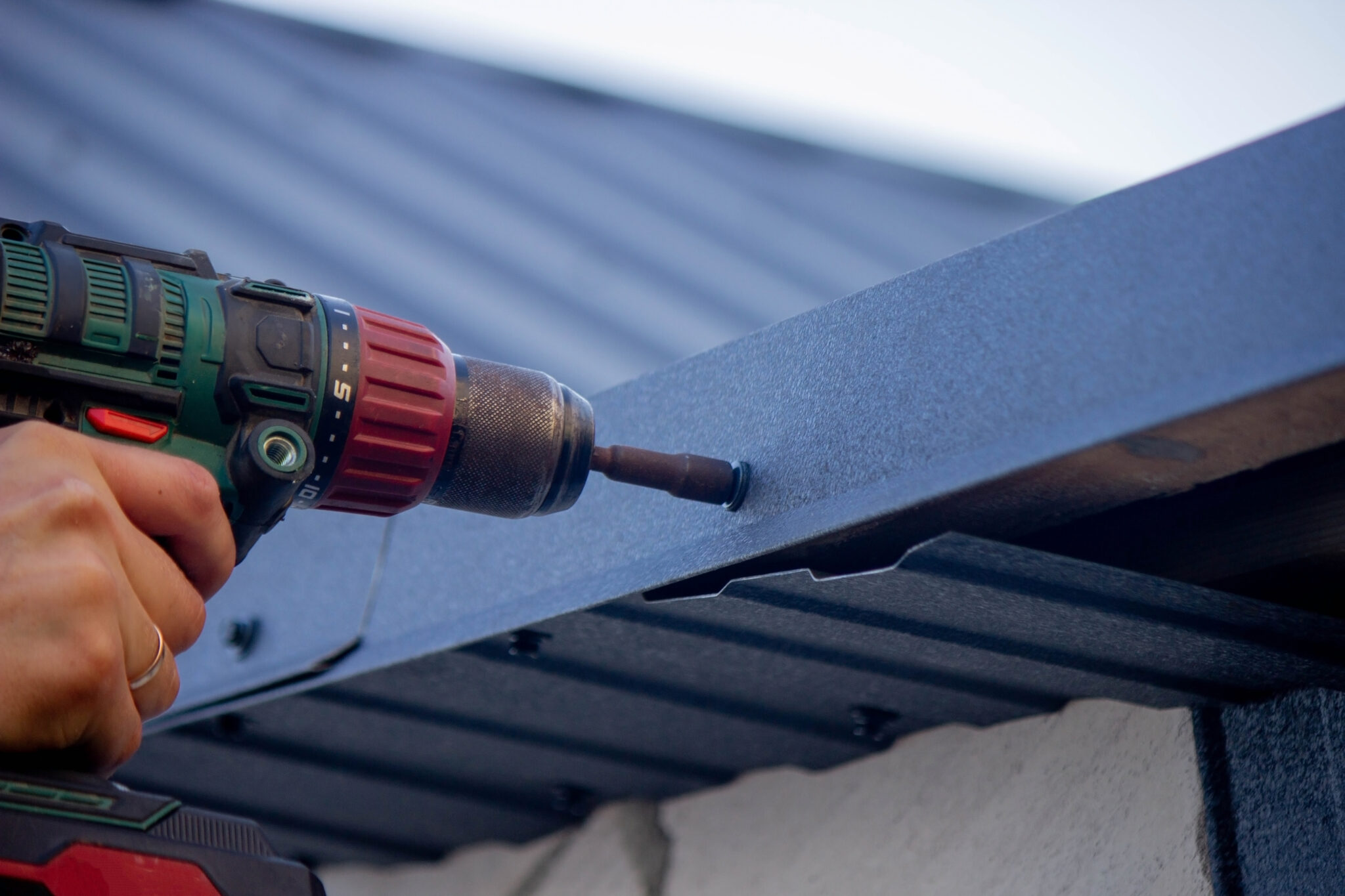In the realm of roof construction, misinformation can often lead to confusion and lead to costly blunders. Property owners may find themselves inundated by the various choices and guidance available, which can sometimes continue myths about roofing materials, installation processes, and how to maintain roofs. This article seeks to eliminate some of the widely held roofing myths that can cloud judgment and hinder knowledgeable determination.
By understanding the right time to replace your roof to noticing the signs that repairs are necessary, having correct information is essential for upholding your home's integrity. We will explore multiple topics, like roof lifespan, the methods of installation, and the actual costs connected to roofing work, all while providing clarity on outdated notions that might be impeding your roofing knowledge. If you are thinking about a replacement of your roof or just aiming to extend the life of your existing roof, this guide will support you through the myths and enable you with the truths you need. spintax ### When to Replace Your Roof
Figuring out when to swap out your roof can feel daunting, yet there exist several key indicators to consider. One of the clearest signs is age. Most roofing materials have a lifespan between 20 to 50 years, based on the type chosen. If your roof is getting close to the end of its expected lifespan and you are seeing frequent leaks or obvious wear, it may be time to start planning for a replacement.
A vital factor is the condition of your shingles. If you see absent, cracked, or curled shingles, this can greatly compromise the integrity of your roof. In addition, shingle granules collecting in your gutters can signal that your shingles are breaking down. These physical signals are often forerunners to more severe issues, such as water damage within your home. If such signs are present, it’s worth consult a roofing professional.
Finally, consider any recent storm damage. Severe weather can take a toll on your roof, resulting in missing sections, punctures, or other serious issues. If your area has gone through a particularly harsh storm, it’s important to inspect your roof thoroughly. Even minor damage can worsen if not addressed promptly. In such cases, expert assistance might be necessary to evaluate if a repair is enough or if a full roof replacement is the better choice.
Common Roofs Challenges and Fixes
One of the most frequent roofing challenges is water leaks, which can not only cause damage from water but also lead to mildew and mildew growth. Homeowners should regularly inspect their roof for signs of damage, such as missing shingles or damaged flashing. If you see a leak, it’s crucial to address it promptly. Short-term fixes may involve applying roofing sealant to small leaks, but it’s often recommended to call a roofing expert to determine the extent of the damage and perform a thorough repair.
Another regular problem is rooftop deterioration due to weather effects, such as heavy rain, snow, or hail. These factors can cause shingles to break or become detached, leading to probable leaks. To lessen this risk, homeowners should invest in regular maintenance, including removing debris, checking gutters, and ensuring proper drainage around the roof. Additionally, using materials designed for your environment can significantly enhance the durability of your roof against harsh weather.
Finally, inadequate attic ventilation can lead in significant roof issues by causing heat and moisture buildup. This can lead to ice dams in winter and can cause the roofing materials to age too fast. Homeowners can correct this problem by ensuring that their attic has proper ventilation, such as soffit vents and ridge vents, to promote air circulation. Regular inspections can help identify ventilation issues, ensuring that the roof remains in great condition for many years to come.
Picking the Right Roofing Material
Choosing the right rooftop option is crucial for guaranteeing the longevity and durability of your rooftop. Different options offer various benefits and disadvantages, so it’s vital to evaluate factors such as weather, aesthetics, and cost before making a decision. Popular rooftop options include asphalt shingles, metal, ceramic, and wood shingles. Every option has its own characteristics, which can influence not only the appearance of your house but also its energy efficiency and upkeep requirements.

When assessing your choices, reflect on the specific needs of your home and location. For example, if you live in an area susceptible to significant rainfall or ice, materials like metal or ceramic may provide superior safeguards compared to asphalt shingles, which can be more sensitive to water damage. On the other hand, if you desire a classic appearance and have a higher budget, stone or timber shake rooftop might be the best fit. Always take into their website how much effort you’re prepared to invest in maintenance and repairs as well.
Finally, don’t neglect to factor in the value of your selected material. While some roofing materials may have a lower upfront cost, alternative options might save you money in the future due to reduced upkeep and utility costs. Talking with a roofing professional can help you understand your options and make sure you choose the material that ideally aligns with your house's requirements and your budget.
